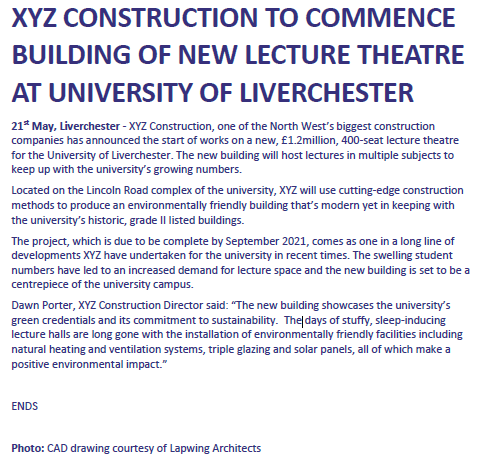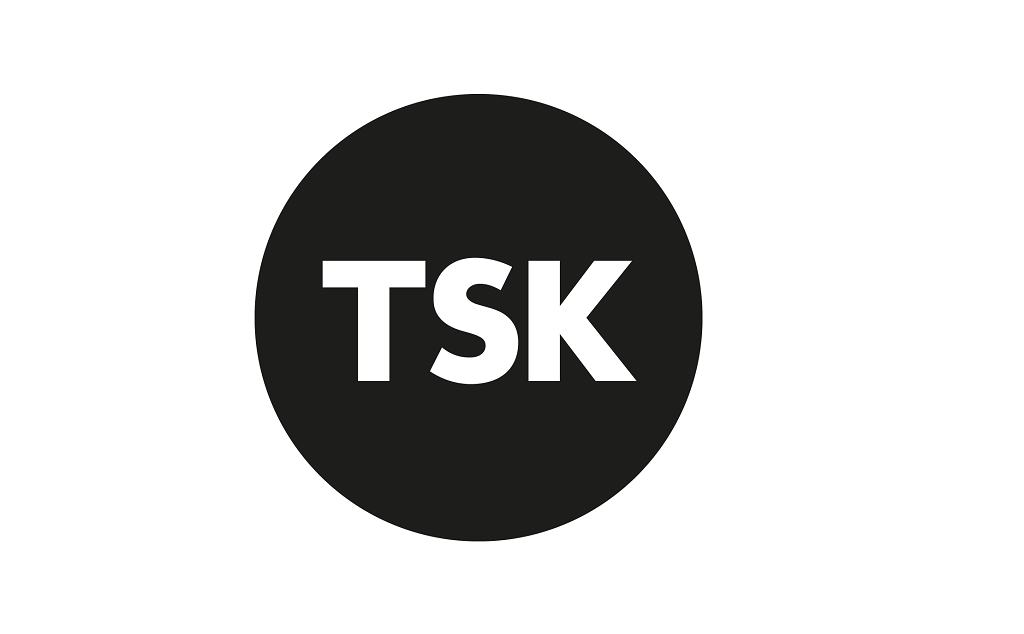Powerful PR – Getting media outlets to publish your news
Press releases are the golden ticket when it comes to getting your news out to a new audience.
But just like everything in marketing, you’ve got to hit the right notes to get the right results. In this comprehensive guide, I’m going to run through everything you need to know to start writing a press release that wins over journalists and gets your news out to the people that matter.
Does your news pass the “so-what” test?
You should always ask yourself “Does this news pass the so-what test?”. If it doesn’t then just don’t bother. Unless you’ve got something that you think will be of interest to a wider audience, don’t waste your time with a press release.
The question of what’s newsworthy and what isn’t is going to depend on your target market. Whenever you’re considering whether a press release is appropriate, ask yourself this:
“Would someone in my target market care about this announcement?”
If that answer isn’t a resounding ‘yes’, or if you’re struggling to find a news angle, a press release probably isn’t needed.
The news values checklist
It’s helpful to think about news values here. Most journalists have a checklist of criteria to consider when it comes to establishing whether something is newsworthy or not. These are called news values. These lists might differ slightly from journalist to journalist but the gist is the same. Here’s a quick outline of what you should consider when it comes to establishing newsworthiness.
Timeliness – News is only news when it comes at the right time. Think like Goldilocks. Not too early, and certainly not too late. It needs to be just right.
Proximity – The closer an event is to a community, the more they’ll want to read about it.
Impact – The more people affected by an event, the more newsworthy it is.
Prominence – Events are more newsworthy when they involve public figures.
Oddity – The more out of the ordinary an event is, the more newsworthy it is.
Relevance – Events are more newsworthy when they involve an issue that’s front and centre in public discourse.
Conflict – It might sound negative but conflict and disagreement are newsworthy.
Get your structure right
The key to writing a good press release is in getting your message across clearly and persuasively. You can vastly improve your chances of that by getting the basic structure of your press release bang on. This means arranging your press release in such a way that it makes it crystal clear what your news is, and who the journalist should contact if they want to publish it.
To begin with, your press release should outline:
- The date
- The location (if appropriate)
and - The name and contact details of someone for journalists to contact
Like so:

From there, you’ll continue with
- A snappy headline
- The body of your press release, and
- A good quote

Grab attention with a snappy headline
Much like every other facet of copywriting, the headline can make or break you. Get it right and the journalist’s curiosity will be piqued, get it wrong and your press release will get canned before it’s even read in full.
Your headline should grab attention and very clearly outline what your news is. You should think of it as a sales pitch to the journalist. Get the main drive of your news into your headline and try to do it concisely and clearly.
There’s no need for flowery adverbs or adjectives. A press release is not the place to get clever with your headlines. Clarity is the order of the day.
What not to do
XYZ construction to become teacher’s pet
What to do

The 5 Ws (and an H)
The 5Ws spell out what needs to go into your press release. When writing the body of your press release, you’ll want to make sure you factor these 5 Ws into your copy.
- Who is the press release about?
- What happened or what is going to happen?
- When did it happen or when will it happen?
- Where did it or where will it happen?
and - Why did it or why is it happening?
Once you’ve got the Ws covered, you can add a little ‘How’. This might be an outline of how an outcome is being achieved, or how something came to pass.
The first paragraph
The first paragraph of your press release is where you hit your reader with a crystallised message that gets all the pertinent information across. It should be a direct follow on from your headline, expanding a little on the finer details and getting across the who, what, when, where and why.
When writing a press release for the headline we used earlier, we might follow it up with the following:
“19th May – Liverchester: XYZ Construction, one of the North West’s biggest construction companies has announced the start of works on a new 400 seat lecture theatre for the University of Liverchester. The new building will host lectures in multiple subjects to keep up with the university’s growing numbers.”
Use your second and third paragraphs to back up your first
If your first paragraph is about getting the main drive of your news across, you can think of the second and third paragraphs as backup information. In the first paragraph, you covered the who, what, when, where and why. In these supplementary paragraphs, you might look at answering the how and expanding on the why. For our above example, that might include:
“Located on the Lincoln Road complex of the university, XYZ will use cutting-edge construction methods to produce an environmentally friendly building that’s modern yet in keeping with the university’s historic, grade II listed buildings.
The project, which is due to be complete by September 2021, comes as one in a long line of developments XYZ has undertaken for the university in recent times. The swelling student numbers have led to an increased demand for lecture space and the new building is set to be a centrepiece of the university’s campus.”
Your quote is not an afterthought
If I had a pound for every time I read the word “delighted” in a quote then I’d not only have a new kitchen, but I’d be able to re-carpet and decorate my entire house to Pinterest standard. The word “delighted” in a press release means the PR person writing the release is being lazy or hasn’t got anything meaningful to say about the project. No one is “delighted” to be working on anything, it’s just boring.
Whoever you attribute the quote to, you should be thinking about how to add something that isn’t covered by the rest of the press release. That could mean explaining things in more detail, saying why something is a good thing, or how it will help someone or what benefits it brings.
Finally, it’s always better to attribute your quote to an actual human.
Writing a press release with a singular purpose
One vote, one release. A press release is a tool to communicate your news and to showcase what it is you want to shout about – a specific project, campaign, launch or announcement etc. It’s not a novel or an essay, so just focus on the one specific piece of news you want to raise awareness about.
You might be tempted to crowbar in extra bits of news to your press release, but you must resist this temptation. Less is more. Keep it constrained.
–
If you’re looking for help with your PR, give Luma a call. Our experts will help you get your news out to the right people, at the right time.
Selected industry experts bring you insight and expert advice, across a range of sectors.
Subscribe for free to receive our fortnightly round-up of property tips and expertise
Selected industry experts bring you insight and expert advice, across a range of sectors.
Subscribe for free to receive our fortnightly round-up of property tips and expertise





